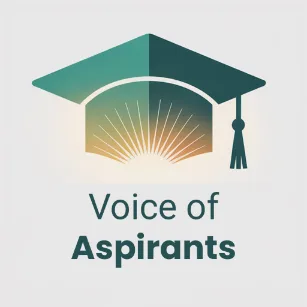 VoiceOfAspirants
VoiceOfAspirantsClass 6-12 NCERT +Indian Polity Laxmikant




























500+ UPSC Exam Topics
80+ Hours of Audio Notes
4.5 Start Rating (20K+)
Parliament
Outlines the structural framework of India's bicameral legislature.
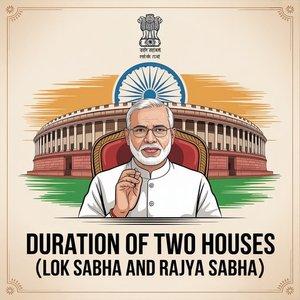
Duration of Two Houses
Discusses the term limits and dissolution procedures for both houses.

Membership of Parliament
Outlines qualifications, disqualifications, and privileges of parliament members.
Fundamental Rights
Outlines the characteristics of India's constitutionally guaranteed rights & how "the State" is defined in relation to fundamental rights enforcement.
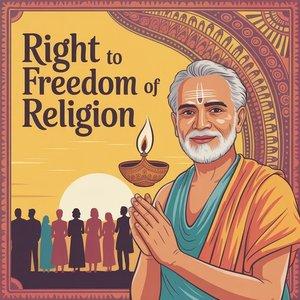
Right to Freedom of Religion
Details the constitutional guarantees for religious freedom and secularism.
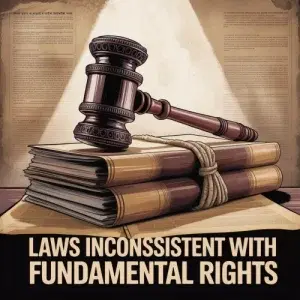
Laws Inconsistent with Fundamental Rights
Discusses the constitutional treatment of laws that contradict fundamental rights.
NCERT Class 11 Constitution at Work
Parliament structure, functions, law-making process
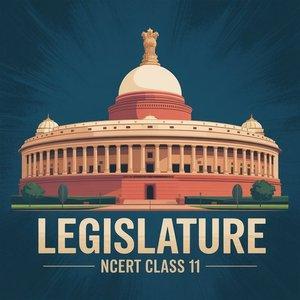
Legislature
Parliament structure, functions, law-making process
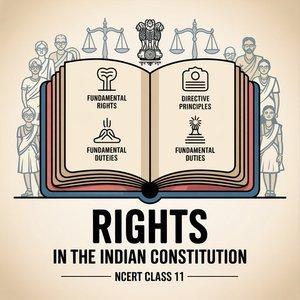
Rights in the Indian Constitution
Fundamental rights, directive principles, fundamental duties
NCERT Class 11 Indian Economic Development
Economic policies before and after 1991
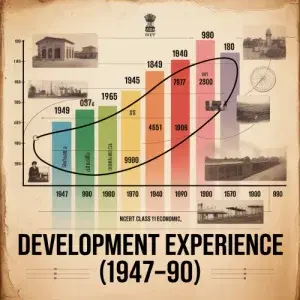
Development Experience (1947-90)
Economic policies before and after 1991
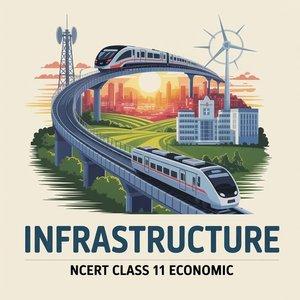
Infrastructure
Transport, communication, energy, health
State Legislature
Outlines the structural framework of state legislatures.
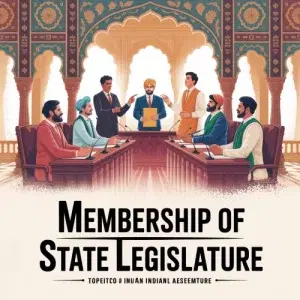
Membership of State Legislature
Outlines qualifications and disqualifications for state legislators.
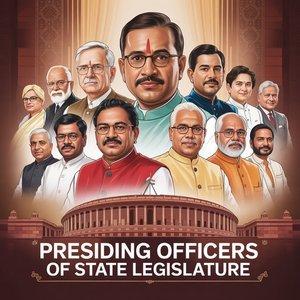
Presiding Officers of State Legislature
Examines the roles of speakers and chairpersons in state legislatures.
NCERT Class 12 Politics in India since Independence
Operation Blue Star, assassination, anti-Sikh riots

Regional Aspirations
Regionalism, federal restructuring

Rise of Popular Movements
Environmental, women's, farmers' movements
NCERT Class 12 Contemporary World Politics
Traditional and non-traditional threats

The End of Bipolarity
Collapse of Soviet Union, consequences

US Hegemony in World Politics
American dominance, challenges to hegemony
NCERT Class 11 Statistics for Economics
What is economics, Central problems, Production Possibility Curve
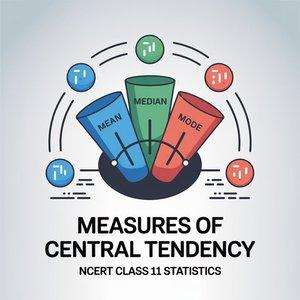
Measures of Central Tendency
Mean, median, mode
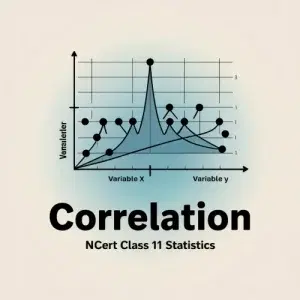
Correlation
Karl Pearson coefficient, Spearman's rank correlation
President
Outlines eligibility criteria, oath of office, and terms of service for the president.
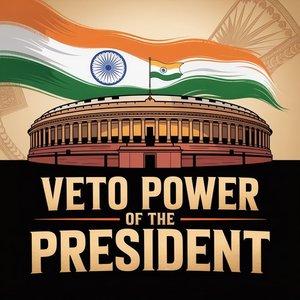
Veto Power of the President
Explores the president's authority to withhold assent to legislation.
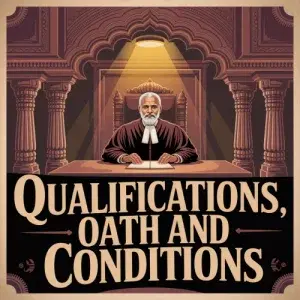
Qualifications, Oath and Conditions
Outlines eligibility criteria, oath of office, and terms of service for the president.
NCERT Class 11 Political Theory
Dimensions of equality, affirmative action
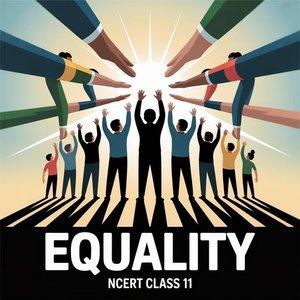
Equality
Dimensions of equality, affirmative action

Freedom
Concept, types, constraints on freedom
NCERT Class 10 Political Science
Discusses role of parties in democracies, India's party system and needed reforms.
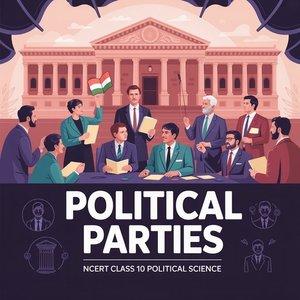
Political Parties
Discusses role of parties in democracies, India's party system and needed reforms.
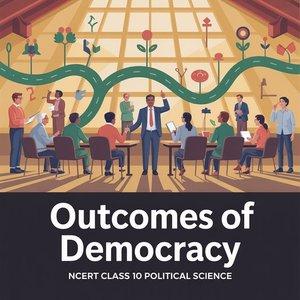
Outcomes of Democracy
Evaluates democratic governance on growth, equality, dignity and diversity accommodation criteria.
NCERT Class 8 History
Examines East India Company's transformation from traders to territorial rulers.

How, When and Where
Explores historical sources, time periods and colonial record-keeping methods.
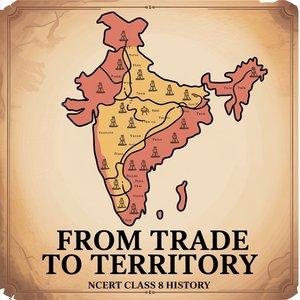
From Trade to Territory
Examines East India Company's transformation from traders to territorial rulers.
NCERT Class 10 Geography
Covers forest types, conservation efforts and wildlife protection in India.
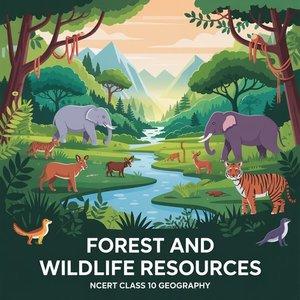
Forest and Wildlife Resources
Covers forest types, conservation efforts and wildlife protection in India.
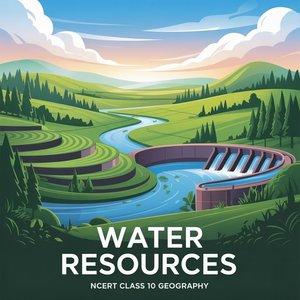
Water Resources
Analyzes freshwater availability, multipurpose projects and water conservation strategies.
Supreme Court
Explores provisions for temporary and specialized judicial appointments.
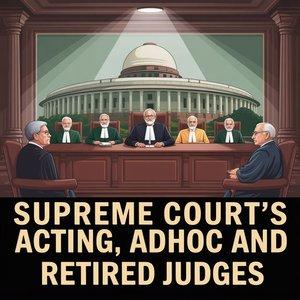
Supreme Court's Acting, Adhoc and Retired Judges
Explores provisions for temporary and specialized judicial appointments.
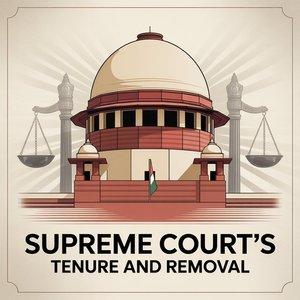
Supreme Court's Tenure and Removal
Discusses term limits and the impeachment process for Supreme Court judges.
Central Council of Ministers
Discusses various characterizations of the cabinet's position in government & Explores the concept of an informal inner circle of advisors to the prime minister.
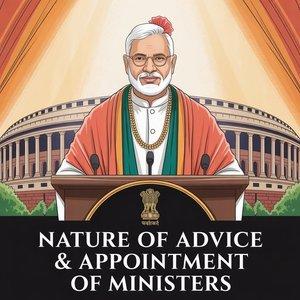
Nature of Advice & Appointment of Ministers
Discusses how ministerial advice functions in the executive process & Describes the process for selecting and appointing ministers.
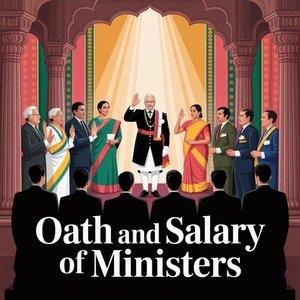
Oath and Salary of Ministers
Covers the swearing-in process and compensation for ministers.
Parliamentary Committees
Defines the nature and purpose of parliamentary committees.

Parliamentary Committees Meaning & Classification
Defines the nature and purpose of parliamentary committees.
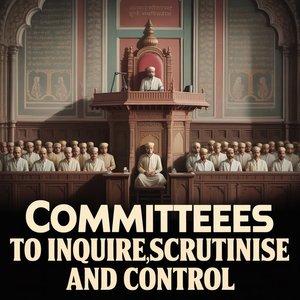
Committees to Inquire, Scrutinise and Control
Discusses committees formed to investigate specific issues or concerns & Explores committees that monitor and evaluate government actions.
NCERT Class 8 Geography
Discusses farming types, cropping patterns and agricultural development issues.
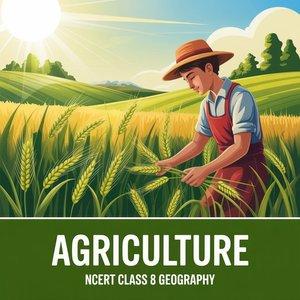
Agriculture
Discusses farming types, cropping patterns and agricultural development issues.
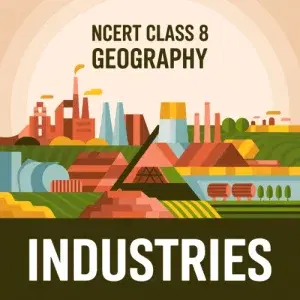
Industries
Explores industrial types, factors affecting location and environmental impacts.
Subordinate Courts
Outlines the constitutional framework for lower courts.
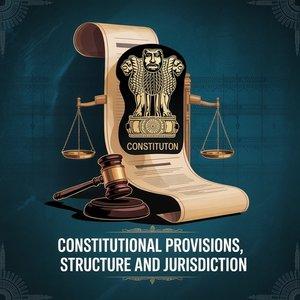
Constitutional Provisions, Structure and Jurisdiction
Outlines the constitutional framework for lower courts.
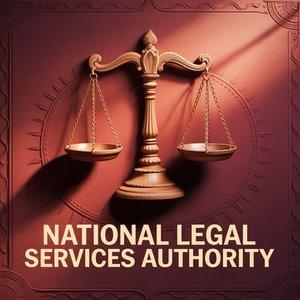
National Legal Services Authority
Discusses the organization responsible for providing free legal services.
High Court
Describes the structure of High Courts and how judges are selected.
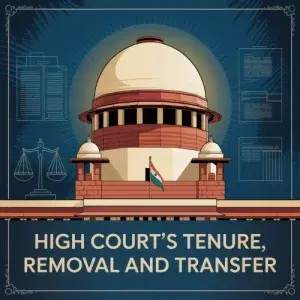
High Court's Tenure, Removal and Transfer
Discusses term limits, impeachment process, and relocation of High Court judges.
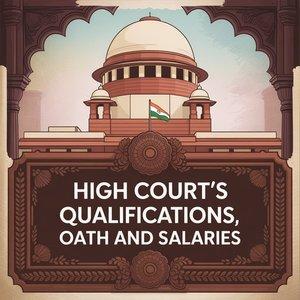
High Court's Qualifications, Oath and Salaries
Outlines eligibility criteria, oath of office, and compensation for High Court judges.
NCERT Class 9 Geography
Describes India's geographical position, boundaries, and strategic importance in Asia.
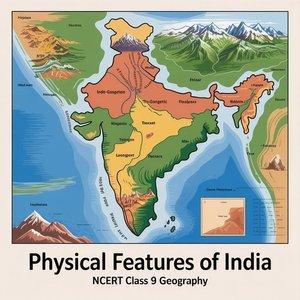
Physical Features of India
Explains formation and characteristics of India's mountains, plains, plateaus and coasts.
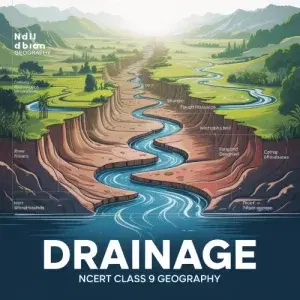
Drainage
Discusses river systems, watersheds and water conservation issues in India.
NCERT Class 12 Introductory Microeconomics
Nature and scope of economics
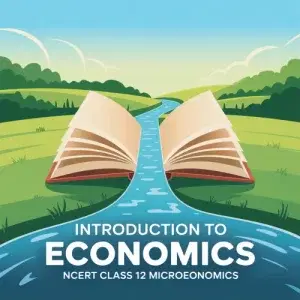
Introduction to Economics
Nature and scope of economics
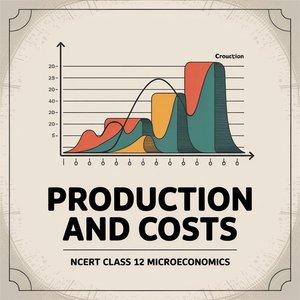
Production and Costs
Production function, cost functions
NCERT Class 12 Colonial India
British land policies, impact on agriculture, peasant movements
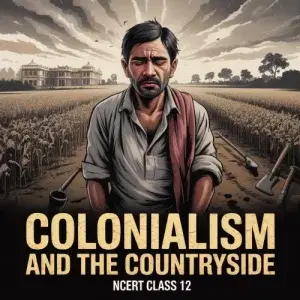
Colonialism and the Countryside
British land policies, impact on agriculture, peasant movements
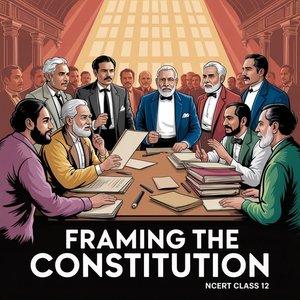
Framing the Constitution
Constituent Assembly, debates, fundamental rights
Special Provisions for Some States
Discusses constitutional accommodations for these western states.
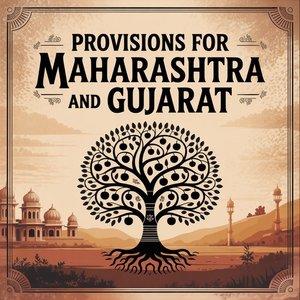
Provisions for Maharashtra and Gujarat
Discusses constitutional accommodations for these western states.
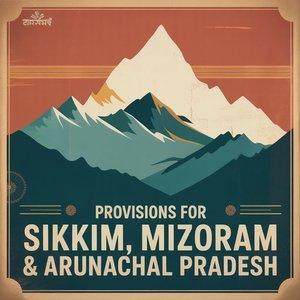
Provisions for Sikkim, Mizoram & Arunachal Pradesh
Examines constitutional accommodations for this former kingdom after its integration.
NCERT Class 12 Introductory Macroeconomics
Gross domestic product, methods of calculation
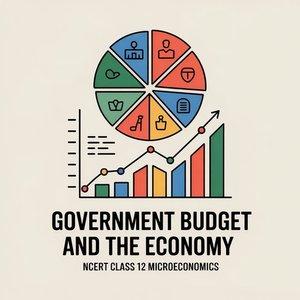
Government Budget and the Economy
Budget components, fiscal policy

Introduction to Macroeconomics
Scope, importance, limitations
NCERT Class 8 Civics
Explains constitution's key features, fundamental rights and democratic principles.
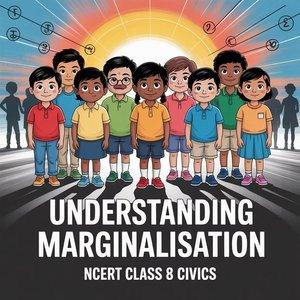
Understanding Marginalisation
Analyzes social exclusion of minority groups and their challenges.
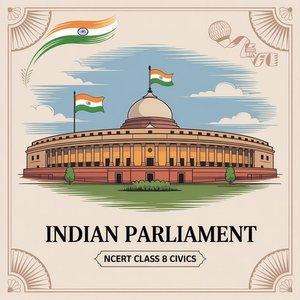
Parliament
Examines structure, functions and lawmaking process of Indian parliament.
Panchayati Raj
Traces the development of village self-governance from traditional to constitutional systems.
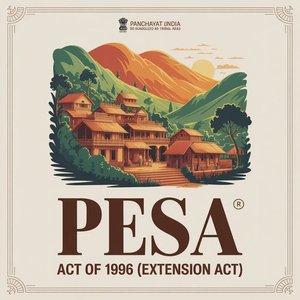
PESA Act of 1996 (Extension Act)
Explores the extension of panchayat provisions to scheduled and tribal areas.
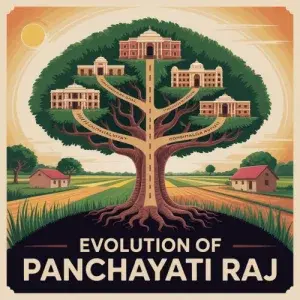
Evolution of Panchayati Raj
Traces the development of village self-governance from traditional to constitutional systems.
Parliamentary System
Discusses the advantages & disadvantages of the parliamentary form of government.
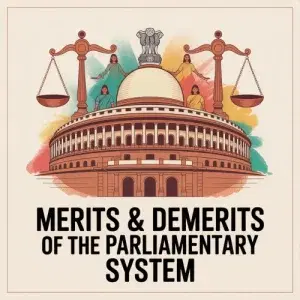
Merits & Demerits of the Parliamentary System
Discusses the advantages & disadvantages of the parliamentary form of government.
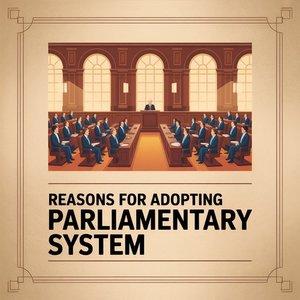
Reasons for Adopting Parliamentary System
Explores why India's constitution-makers chose a parliamentary over a presidential system.
NCERT Class 10 Economics
Explores different perspectives and indicators of development beyond income.

Development
Explores different perspectives and indicators of development beyond income.
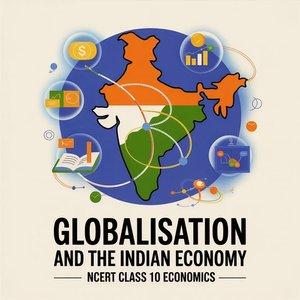
Globalisation and the Indian Economy
Analyzes international economic integration and its impact on India.
Municipalities
Discusses the constitutional amendment that formalized and strengthened urban local bodies.
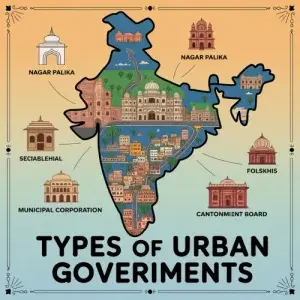
Types of Urban Governments
Describes different categories of municipal governance based on population and other factors.
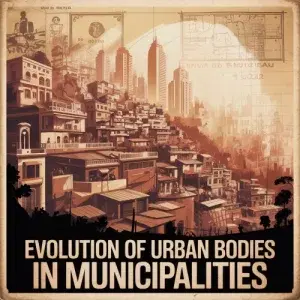
Evolution of Urban Bodies in Municipalities
Traces the development of urban governance from colonial to contemporary times.
NCERT Class 12 Early India
Harappan Civilization, urban planning, trade, decline

Through the Eyes of Travellers
Foreign travellers' accounts, cultural exchanges

Bricks, Beads and Bones
Harappan Civilization, urban planning, trade, decline
NCERT Class 9 Political Science
Explores democratic principles, systems and their advantages over other forms.
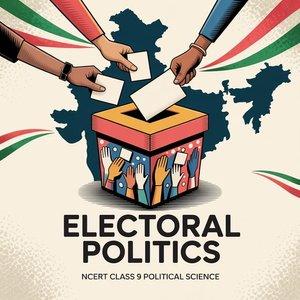
Electoral Politics
Explains election process, voting systems and electoral reforms in India.
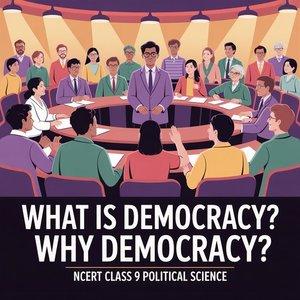
What is Democracy? Why Democracy?
Explores democratic principles, systems and their advantages over other forms.
Directive Principles of State Policy
Addresses critiques of the directive principles' non-justiciable nature and implementation challenges.

Conflict Between Fundamental Rights and Directive Principles
Examines tensions between enforceable rights and non-justiciable principles and their judicial interpretation.
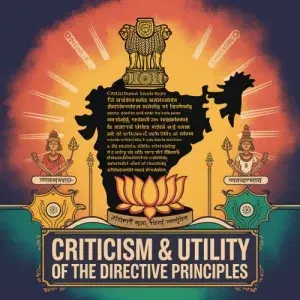
Criticism & Utility of the Directive Principles
Addresses critiques of the directive principles' non-justiciable nature and implementation challenges.
NCERT Class 9 History
Explores socialist ideas and movements in Europe during industrialization period.

Forest Society and Colonialism
Covers colonial impact on forest societies and their resistance movements.

Socialism in Europe and Russian Revolution
Explores socialist ideas and movements in Europe during industrialization period.
Prime Minister
Outlines the oath of office, term limits, and compensation for the prime minister.
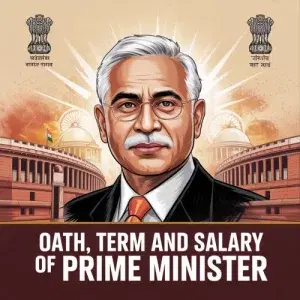
Oath, Term and Salary of Prime Minister
Outlines the oath of office, term limits, and compensation for the prime minister.
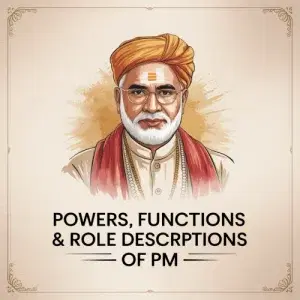
Powers, Functions & Role Descriptions of PM
Examines the extensive executive authority wielded by the prime minister.
Judicial Activism
Defines the phenomenon of courts taking a proactive role in social and policy issues.
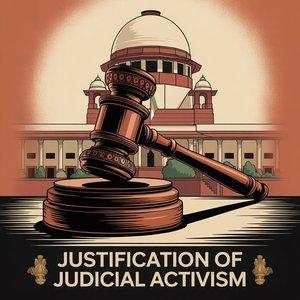
Justification of Judicial Activism
Explores arguments supporting courts' expanded role in governance.
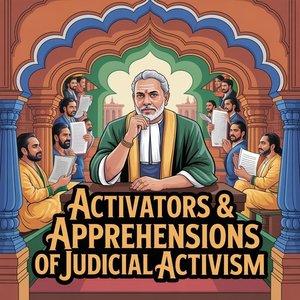
Activators & Apprehensions of Judicial Activism
Discusses factors that trigger increased judicial intervention.
NCERT Class 10 History
Explores development of nation-states and nationalist movements across 19th century Europe.
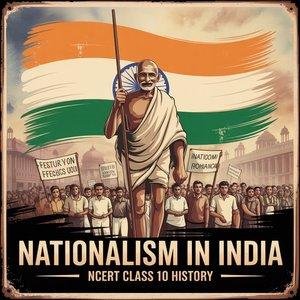
Nationalism in India
Examines growth of Indian nationalism and diverse paths to independence movement.
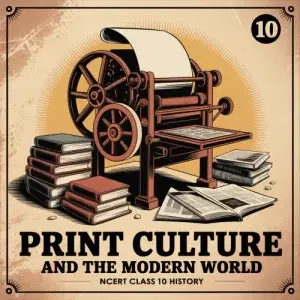
Print Culture and the Modern World
Covers printing technology's evolution and impact on knowledge dissemination worldwide.
Parliamentary Group
Outlines the aims and goals of the parliamentary group.
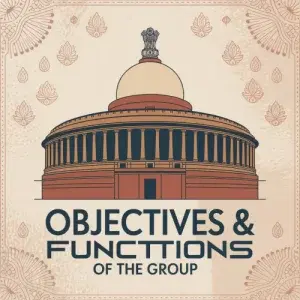
Objectives & Functions of the Group
Outlines the aims and goals of the parliamentary group.
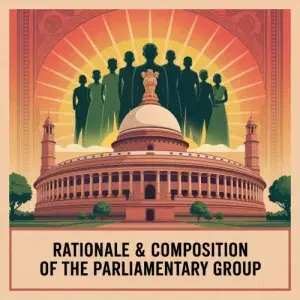
Rationale & Composition of the Parliamentary Group
Explains the purpose and need for India's parliamentary group.
NITI Aayog
Discusses the predecessor institution and its legacy.
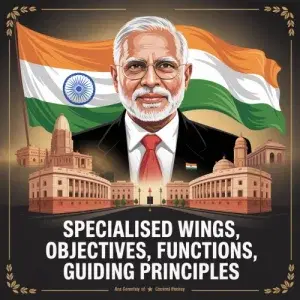
Specialised Wings, Objectives, Functions, Guiding Principles
Explores the specialized divisions within NITI Aayog.
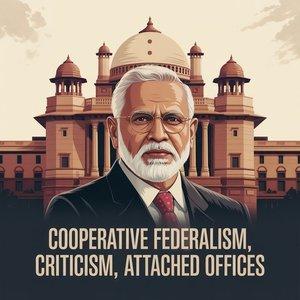
Cooperative Federalism, Criticism, Attached Offices
Discusses NITI Aayog's emphasis on collaborative center-state relations.
Centre–State Relations
Tracks the evolution of center-state dynamics since India's independence.
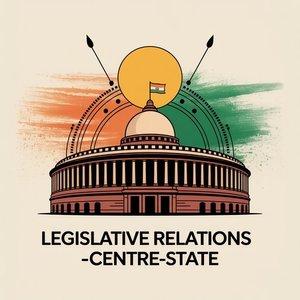
Legislative Relations - Centre–State
Examines how legislative powers are distributed between the central and state governments.

Financial Relations - Centre–State
Discusses fiscal federalism and the division of financial powers between center and states.
Chief Minister
Describes the process by which the governor appoints the chief minister.
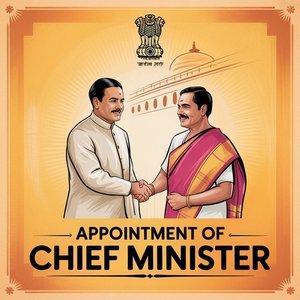
Appointment of Chief Minister
Describes the process by which the governor appoints the chief minister.
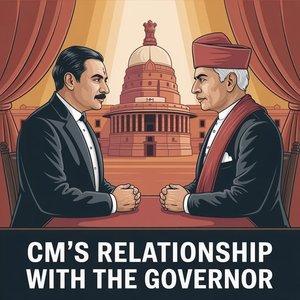
CM's Relationship with the Governor
Explores the constitutional dynamics between chief ministers and governors.
Inter-State Relations
Examines constitutional provisions for resolving water sharing conflicts between states.
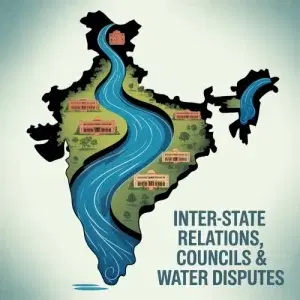
Inter-State Relations, Councils & Water Disputes
Examines constitutional provisions for resolving water sharing conflicts between states.

Public Acts, Records and Judicial Proceedings
Explores how official acts and judicial decisions in one state are recognized in others.
Judicial Review
Defines the concept of courts examining legislative and executive acts for constitutionality.
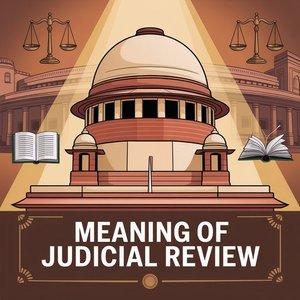
Meaning of Judicial Review
Defines the concept of courts examining legislative and executive acts for constitutionality.
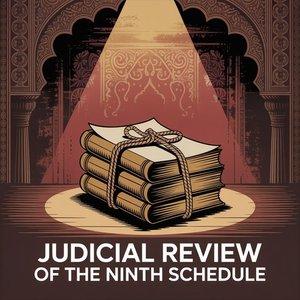
Judicial Review of the Ninth Schedule
Discusses the special case of reviewing laws placed in the Ninth Schedule.
State Council of Ministers
Outlines the constitutional framework for state ministerial councils.
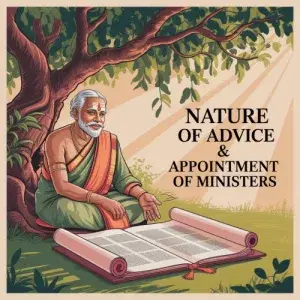
Nature of Advice & Appointment of Ministers
Discusses how ministerial advice functions in state executive processes.
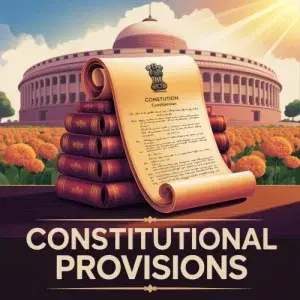
Constitutional Provisions
Outlines the constitutional framework for state ministerial councils.
Vice-President
Outlines eligibility criteria, oath of office, and terms of service for the vice-president.
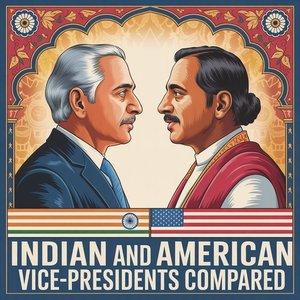
Indian and American Vice-Presidents Compared
Contrasts the Indian vice-presidency with the American equivalent.
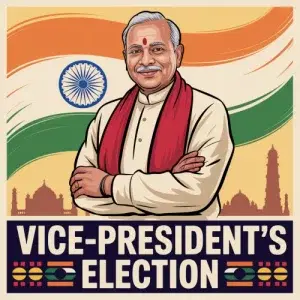
Vice-President's Election
Describes the process for electing India's vice-president.
Union Territories
Examines Delhi's unique status as a union territory with legislative assembly.
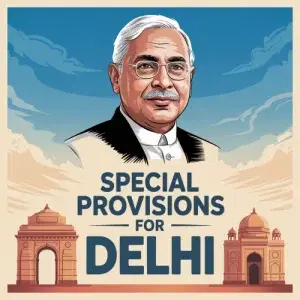
Special Provisions for Delhi
Examines Delhi's unique status as a union territory with legislative assembly.
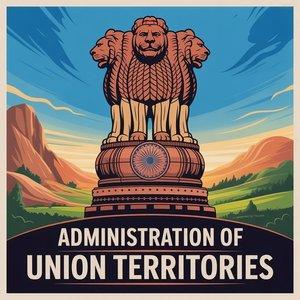
Administration of Union Territories
Discusses governance mechanisms for areas not part of any state.
NCERT Class 11 Medieval Civilizations
Renaissance, Protestant Reformation, Scientific Revolution
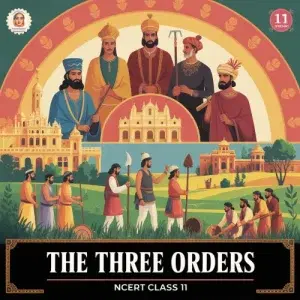
The Three Orders
European feudalism, Church, peasants, feudal lords
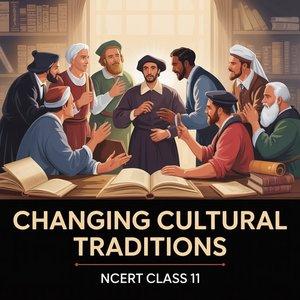
Changing Cultural Traditions
Renaissance, Protestant Reformation, Scientific Revolution
NCERT Class 9 Economics
Discusses human capital, education, health and their role in development.
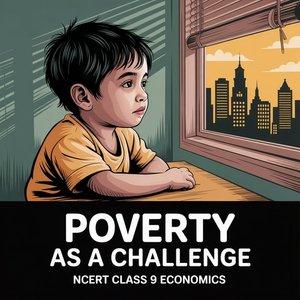
Poverty as a Challenge
Examines causes, dimensions and anti-poverty programs in India and globally.
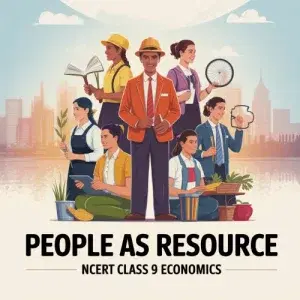
People as Resource
Discusses human capital, education, health and their role in development.
NCERT Class 12 Medieval India
Religious movements, Bhakti saints, Sufi traditions
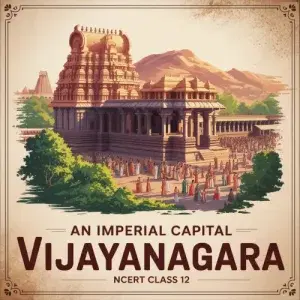
An Imperial Capital: Vijayanagara
Vijayanagara Empire, architecture, administration, decline
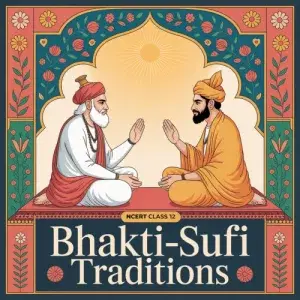
Bhakti-Sufi Traditions
Religious movements, Bhakti saints, Sufi traditions
NCERT Class 11 Early Societies
Evolution of humans, paleolithic and neolithic periods, art and culture
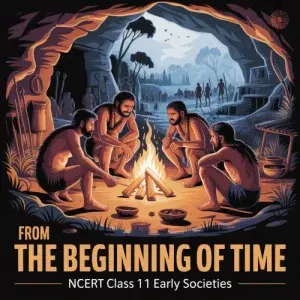
From the Beginning of Time
Evolution of humans, paleolithic and neolithic periods, art and culture

Writing and City Life
Early civilizations, invention of writing, urban life in Mesopotamia
Goods and Services Tax Council
Describes the creation of the GST Council following constitutional amendment.
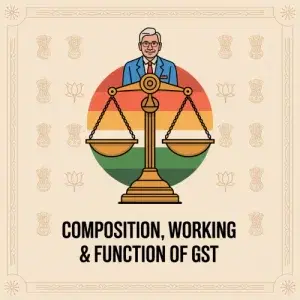
Composition, Working & Function of GST
Discusses the membership structure representing central and state interests.

Establishment, Vision and Mission of GST
Describes the creation of the GST Council following constitutional amendment.
Governor
Explores the governor's dual role as state head and central representative.
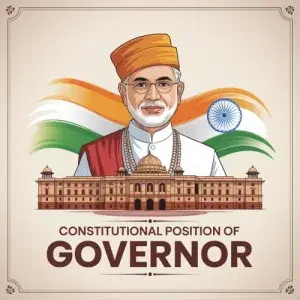
Constitutional Position of Governor
Explores the governor's dual role as state head and central representative.
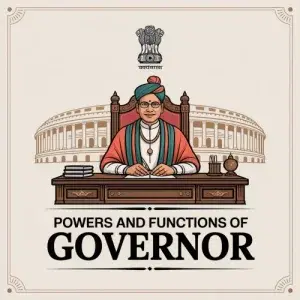
Powers and Functions of Governor
Examines the executive, legislative, judicial, and discretionary powers of governors.
Comptroller and Auditor General of India
Discusses the CAG's relationship with public sector enterprises.
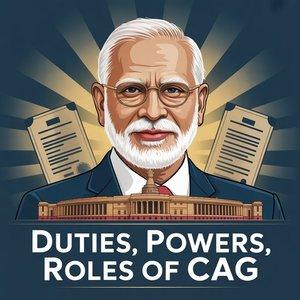
Duties, Powers, Roles of CAG
Examines the CAG's authority in auditing government accounts.
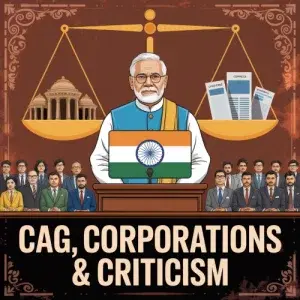
CAG, Corporations & Criticism
Discusses the CAG's relationship with public sector enterprises.
Public Interest Litigation
Defines the concept of legal action taken for broader public benefit.

Scope of PIL
Examines the types of issues addressed through public interest litigation.
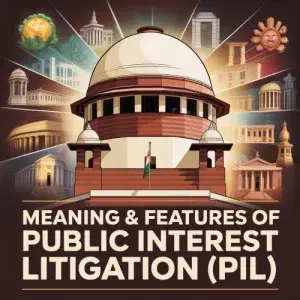
Meaning & Features of Public Interest Litigation (PIL)
Defines the concept of legal action taken for broader public benefit.
NCERT Class 11 Early Modern World
European exploration, colonization of Americas
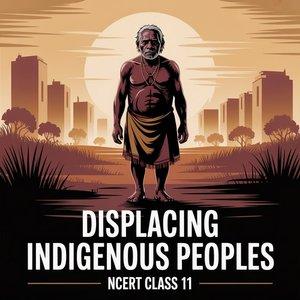
Displacing Indigenous Peoples
Colonization of Australia, impact on Aboriginal people
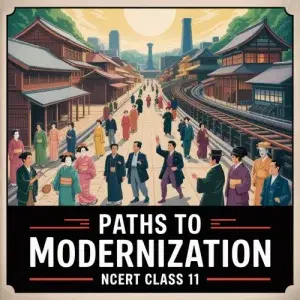
Paths to Modernization
Meiji Restoration in Japan, modernization process
Election Commission
Examines the commission's authority in managing and overseeing elections.
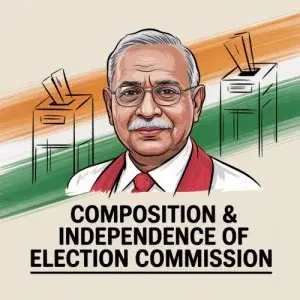
Composition & Independence of Election Commission
Describes the structure and membership of India's electoral management body.
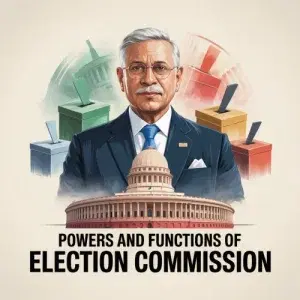
Powers and Functions of Election Commission
Examines the commission's authority in managing and overseeing elections.
State Public Service Commission
Explores the commissions' role in state-level civil service recruitment.
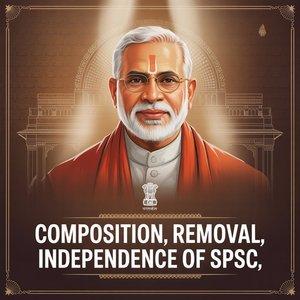
Composition, Removal, Independence of SPSC
Describes the structure and membership of state-level civil service recruitment bodies.
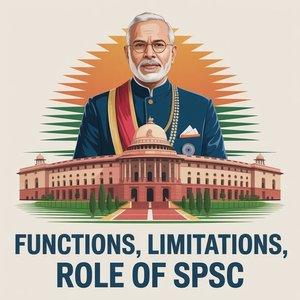
Functions, Limitations, Role of SPSC
Explores the commissions' role in state-level civil service recruitment.
Emergency Provisions
Discusses provisions for declaring emergencies due to war, external aggression, or armed rebellion.
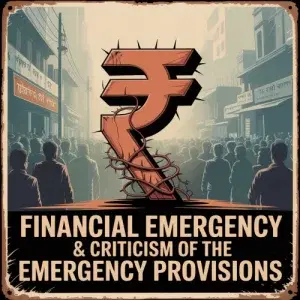
Financial Emergency & Criticism of the Emergency Provisions
Examines provisions for addressing severe economic crises threatening financial stability.
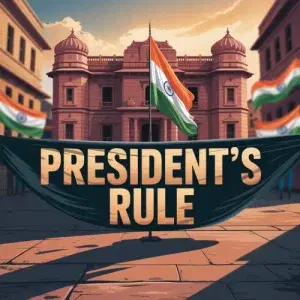
President's Rule
Explores the mechanism for central intervention when state constitutional machinery fails.
Fundamental Duties
Discusses the committee that recommended adding fundamental duties to the constitution.

List, Features, Criticism & Significance of Fundamental Duties
Citizens must uphold fundamental duties; non-enforceable civic obligations balance rights despite critiques of their implementation.RetryClaude can make mistakes. Please double-check responses.
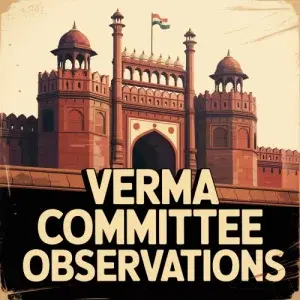
Verma Committee Observations
Discusses the judicial committee's findings on implementing fundamental duties.
Cabinet Committees
Outlines the characteristics and operational aspects of specialized cabinet subgroups.
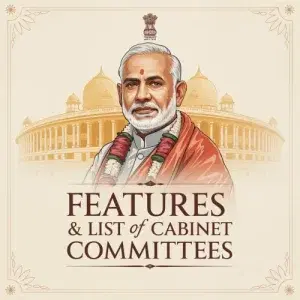
Features & List of Cabinet Committees
Outlines the characteristics and operational aspects of specialized cabinet subgroups.
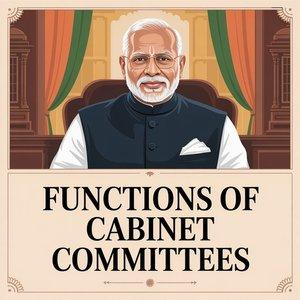
Functions of Cabinet Committees
Discusses the roles and responsibilities of different cabinet committees.
Federal System
A federal system is a form of government where power is divided between a central authority and regional or state governments.
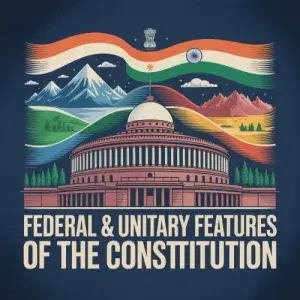
Federal & Unitary Features of the Constitution
Identifies the characteristics that make India's system federal & unitary in nature.

Critical Evaluation of the Federal System
Assesses the strengths and weaknesses of India's "quasi-federal" arrangement.
State Human Rights Commission
Outlines the membership structure of state-level rights bodies.
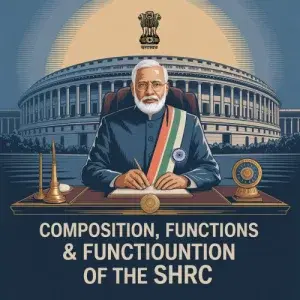
Composition, Functions & Function of the SHRC
Outlines the membership structure of state-level rights bodies.
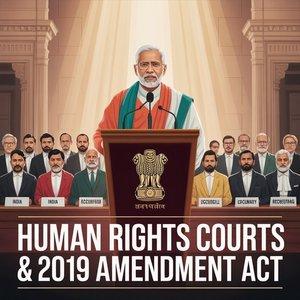
Human Rights Courts & 2019 Amendment Act
Examines specialized courts established to address human rights violations.
Salient Features of the Constitution
Identifies and explains the distinctive characteristics that define India's constitution, such as its length, blend of rigidity and flexibility, and unique provisions.
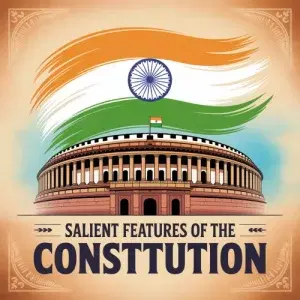
Salient Features of the Constitution
Identifies and explains the distinctive characteristics that define India's constitution, such as its length, blend of rigidity and flexibility, and unique provisions.
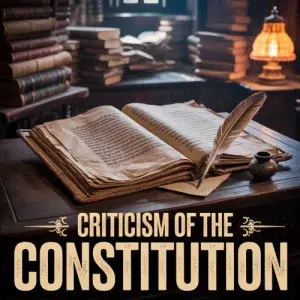
Criticism of the Constitution
Examines various criticisms of the constitution's structure, borrowed elements, and practical implementation.
Central Information Commission
Describes the structure and membership of the RTI appellate body.
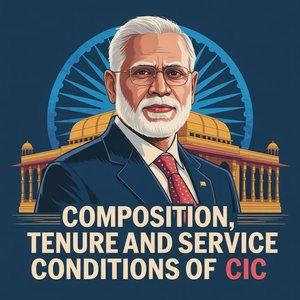
Composition, Tenure and Service Conditions of CIC
Describes the structure and membership of the RTI appellate body.
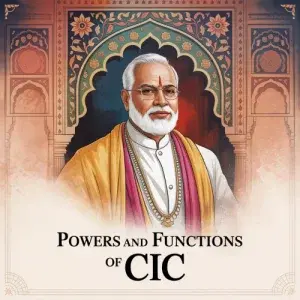
Powers and Functions of CIC
Examines the commission's authority in enforcing right to information.
Making of the Constitution
Explores Demand for a Constituent Assembly, Composition of the Constituent Assembly, Working of the Constituent Assembly, Committees of the Constituent Assembly, Enactment of the Constitution, Enforcement of the Constitution
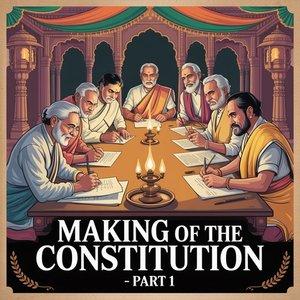
Making of the Constitution - Part 1
Explores Demand for a Constituent Assembly, Composition of the Constituent Assembly, Working of the Constituent Assembly, Committees of the Constituent Assembly, Enactment of the Constitution, Enforcement of the Constitution
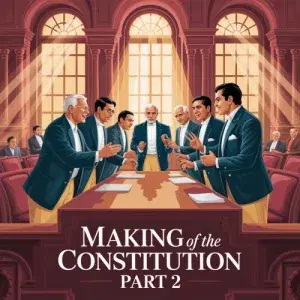
Making of the Constitution - Part 2
Explores Experts Committee of the Congress, Criticism of the Constituent Assembly, Important Facts, Hindi Text of the Constitution
Preamble of the Constitution
Explores Significance of the Preamble, Preamble as Part of the Constitution, Amendability of the Preamble
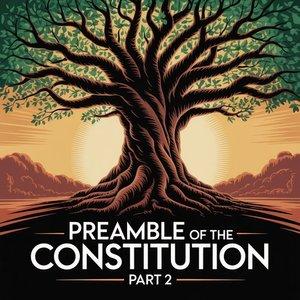
Preamble of the Constitution - Part 2
Explores Significance of the Preamble, Preamble as Part of the Constitution, Amendability of the Preamble
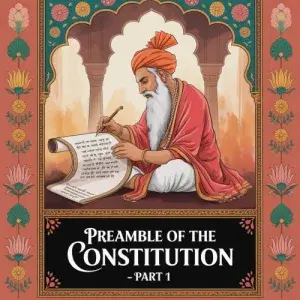
Preamble of the Constitution - Part 1
Explores Text of the Preamble, Ingredients of the Preamble, Key Words in the Preamble
National Commission for BCs
Discusses the commission's reporting requirements and impact.
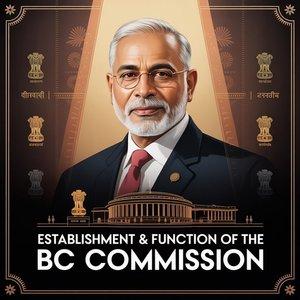
Establishment & Function of the BC Commission
Describes the creation of a commission for backward classes.
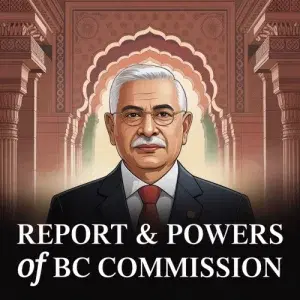
Report & Powers of BC Commission
Discusses the commission's reporting requirements and impact.
Union and its Territory
Traces the historical development of India's states and territories from independence to present day.
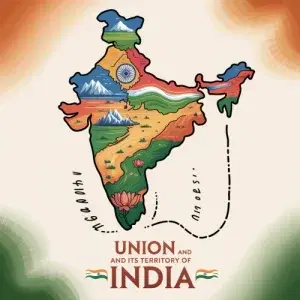
Union and its Territory
Explores Union of States, Parliament's Power to Reorganise the States, Exchange of Territories with Bangladesh
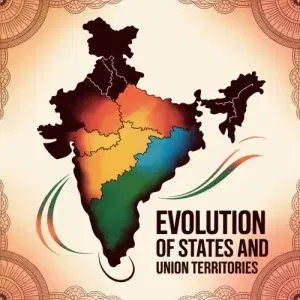
Evolution of States and Union Territories
Traces the historical development of India's states and territories from independence to present day.
National Commission for SCs
Traces the development of institutional protection for scheduled castes.

Powers of the Commission
Examines the commission's investigative and advisory authorities.

Evolution, Function & Report of the Commission
Traces the development of institutional protection for scheduled castes.
Historical Background
Examines the period when the East India Company administered parts of India, exploring early constitutional developments like the Regulating Act and Charter Acts.
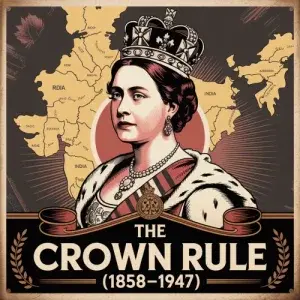
The Crown Rule (1858–1947)
Covers the period of direct British rule after the 1857 revolt, including the Government of India Acts and gradual constitutional reforms leading to independence.
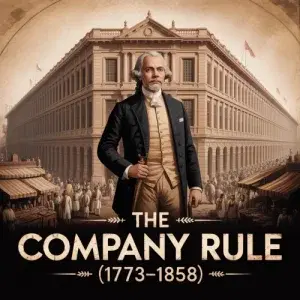
The Company Rule (1773–1858)
Examines the period when the East India Company administered parts of India, exploring early constitutional developments like the Regulating Act and Charter Acts.
Citizenship
Explores the concept, significance, Constitutional Provisions & Citizenship Act, 1955
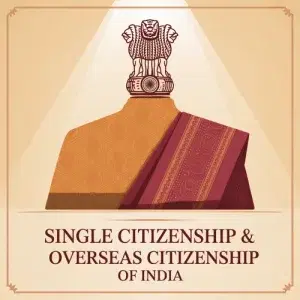
Single Citizenship & Overseas Citizenship of India
Discusses India's unitary citizenship system unlike federal models with dual citizenship & provisions for people of Indian origin living abroad.
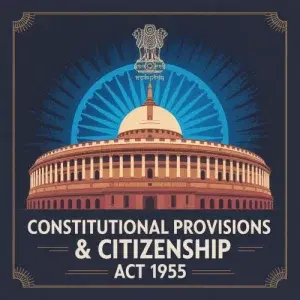
Constitutional Provisions & Citizenship Act 1955
Explores the concept, significance, Constitutional Provisions & Citizenship Act, 1955
State Information Commission
Describes the structure and membership of state-level RTI appellate bodies.
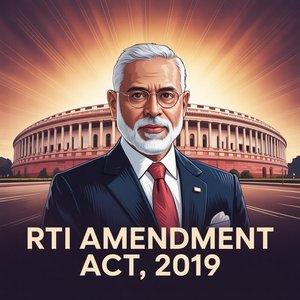
RTI Amendment Act, 2019
Discusses recent legal changes affecting information commissions.
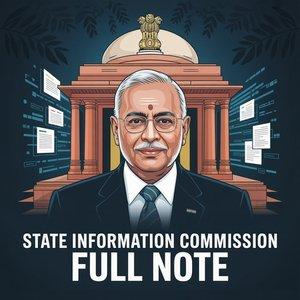
State Information Commission Full Note
Describes the structure and membership of state-level RTI appellate bodies.
Central Vigilance Commission
Describes the creation of India's anti-corruption watchdog.

Functions, Jurisdiction & Working of CVC
Explores the commission's role in preventing and investigating corruption.
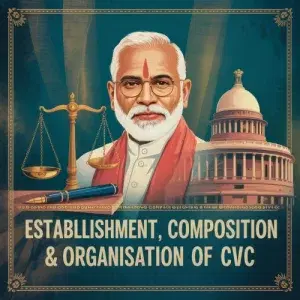
Establishment, Composition & Organisation of CVC
Describes the creation of India's anti-corruption watchdog.
Parliamentary Forums
Describes the creation and development of specialized parliamentary discussion groups.
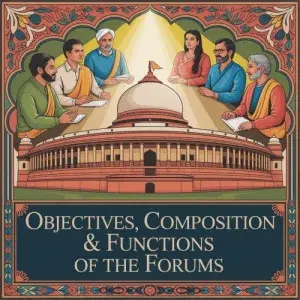
Objectives, Composition & Functions of the Forums
Outlines the aims and purposes of parliamentary forums.
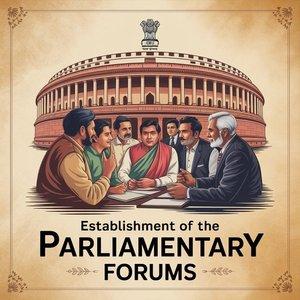
Establishment of the Parliamentary Forums
Describes the creation and development of specialized parliamentary discussion groups.
National Commission for STs
Discusses additional responsibilities beyond core protection mandates.
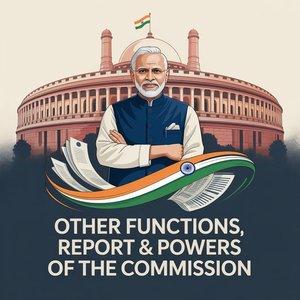
Other Functions, Report & Powers of the Commission
Discusses additional responsibilities beyond core protection mandates.

Separate & Functions Commission for STs
Describes the establishment of a dedicated commission for tribal communities.
National Human Rights Commission
Discusses the commission's operational procedures and methods.
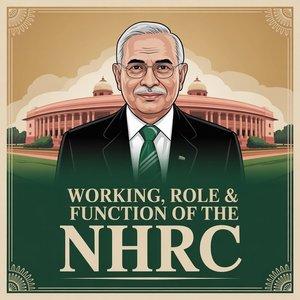
Working, Role & Function of the NHRC
Discusses the commission's operational procedures and methods.
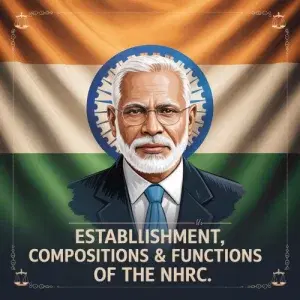
Establishment, Composition & Functions of the NHRC
Describes the creation of India's human rights watchdog.
Scheduled and Tribal Areas
Discusses governance arrangements for areas with significant scheduled caste populations.
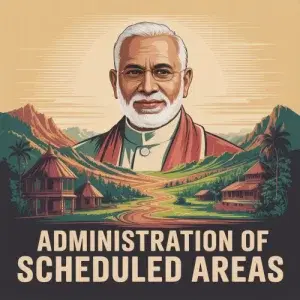
Administration of Scheduled Areas
Discusses governance arrangements for areas with significant scheduled caste populations.
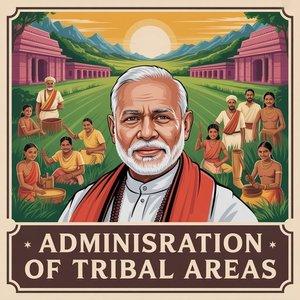
Administration of Tribal Areas
Explores special administrative provisions for regions with tribal communities.
Union Public Service Commission
Describes the structure and membership of the central civil service recruitment body.
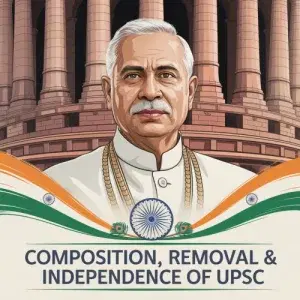
Composition, Removal & Independence of UPSC
Describes the structure and membership of the central civil service recruitment body.

Functions, Limitations & Role of UPSC
Explores the commission's role in civil service recruitment and administration.
Tribunals
Examines specialized bodies established to handle administrative disputes.
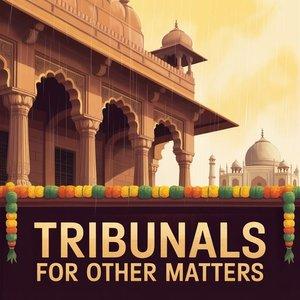
Tribunals for Other Matters
Discusses specialized tribunals for areas like taxation, labor, and environmental issues.

Administrative Tribunals
Examines specialized bodies established to handle administrative disputes.
Attorney General of India
Examines the role of the deputy to the Attorney General.

Attorney General of India Complete Note
Explores the appointment, tenure, and constitutional position of India's top legal officer. Examines the AGI's key duties representing government in Supreme Court, providing legal counsel, with rights to address Parliament alongside practice limitations. Includes the complementary role of the Solicitor General within India's legal system.RetryClaude can make mistakes. Please double-check responses.
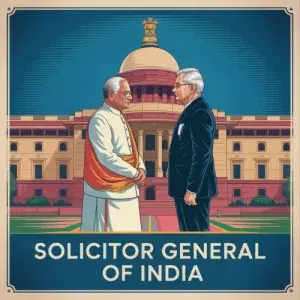
Solicitor General of India
Examines the role of the deputy to the Attorney General.
Special Officer for Linguistic Minorities
Explores constitutional safeguards for linguistic minorities through Article 350B, examining the Commissioner's appointment, investigative authority, and reporting mechanisms. Covers the office's vision to protect minority language rights, its mission to preserve cultural diversity, and its key functions including monitoring implementation of safeguards and addressing grievances to ensure equitable language policies across India.

Special Officer for Linguistic Minorities
Explores constitutional safeguards for linguistic minorities through Article 350B, examining the Commissioner's appointment, investigative authority, and reporting mechanisms. Covers the office's vision to protect minority language rights, its mission to preserve cultural diversity, and its key functions including monitoring implementation of safeguards and addressing grievances to ensure equitable language policies across India.
Advocate General of the State
Describes the selection process and tenure for state-level chief legal advisors.
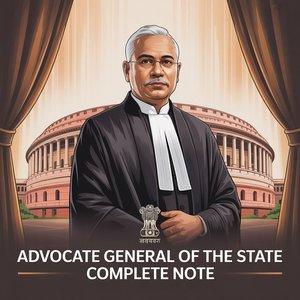
Advocate General of the State Complete Note
Describes the selection process and tenure for state-level chief legal advisors.
Amendment of the Constitution
Explains the constitutional process, types, criticism for amending different provisions of the constitution.
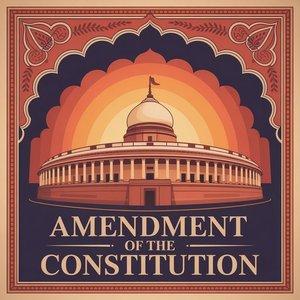
Amendment of the Constitution
Explains the constitutional process, types, criticism for amending different provisions of the constitution.
Finance Commission
Describes the structure and membership of the body that recommends financial distributions.
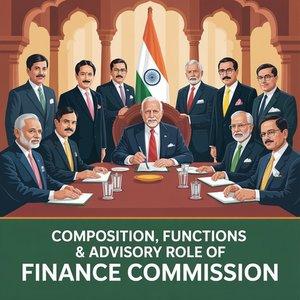
Composition, Functions & Advisory Role of Finance Commission
Describes the structure and membership of the body that recommends financial distributions.
Basic Structure of the Constitution
Explores the judicial Emergence & Elements of the basic structure doctrine, particularly through the Kesavananda Bharati case.
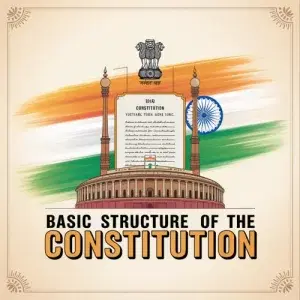
Basic Structure of the Constitution
Explores the judicial Emergence & Elements of the basic structure doctrine, particularly through the Kesavananda Bharati case.